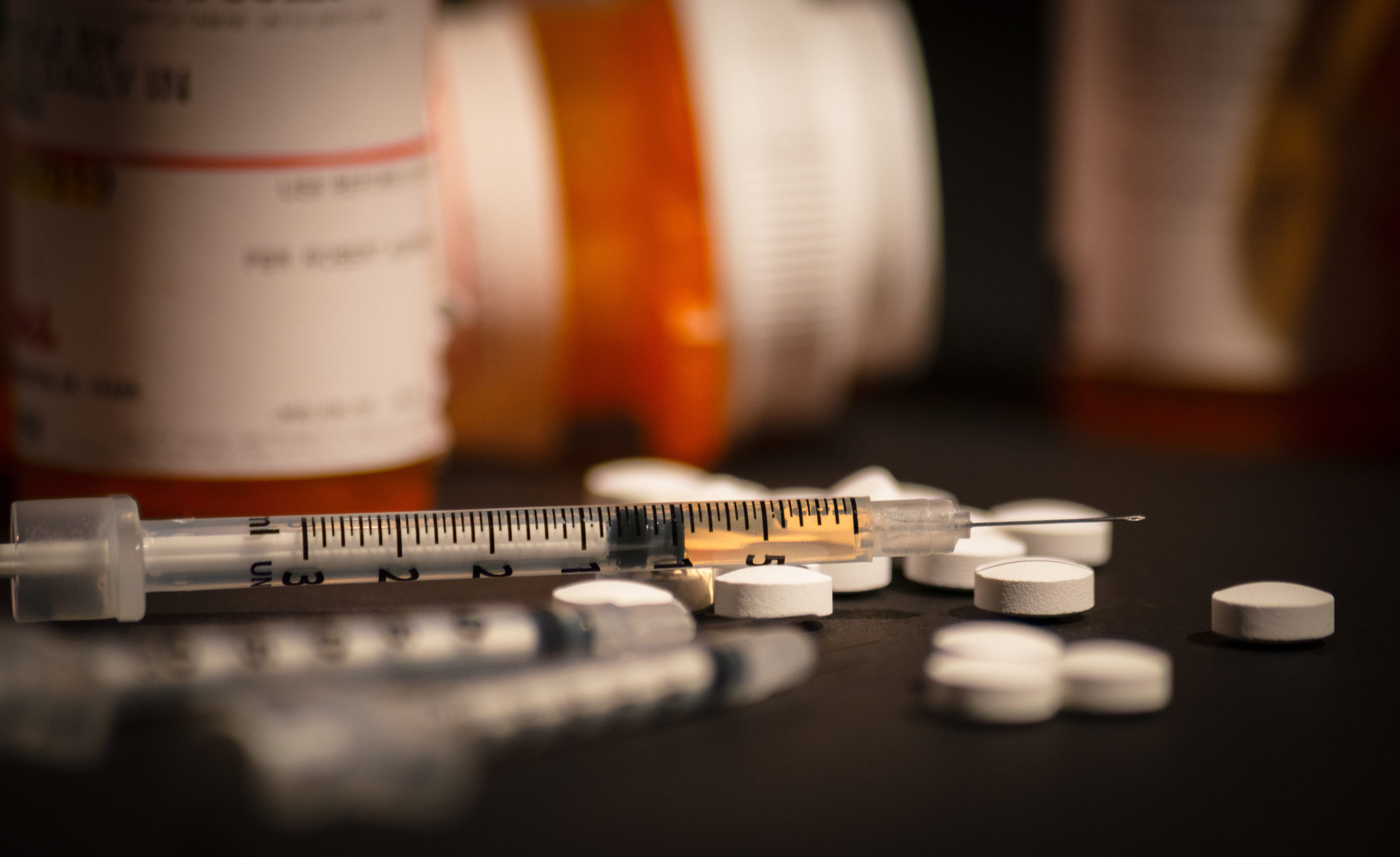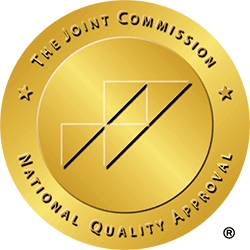
In recent years, a dangerous new trend has emerged in the drug supply—xylazine, also known as “tranq,” is being mixed into fentanyl, heroin, cocaine, and other illicit substances. Originally a veterinary sedative, xylazine is not approved for human use and poses serious health risks, including deep, necrotic skin wounds that are difficult to treat.
At BriteLife Recovery, we recognize the growing dangers of xylazine-laced drugs and the devastating effects they have on the body. In this blog, we’ll explore what xylazine is, why it’s being added to street drugs, its life-threatening effects, and what can be done to combat this crisis.
What Is Xylazine?
Xylazine is a powerful sedative used in veterinary medicine to sedate animals. It acts as a central nervous system depressant, slowing down brain activity, heart rate, and breathing. Unlike opioids, xylazine is not reversed by naloxone (Narcan), making overdoses even more dangerous.
Why Is Xylazine Being Added to Drugs?
Drug dealers mix xylazine with fentanyl and heroin to extend the effects of opioids and create a longer-lasting high. This combination increases the risk of overdose, addiction, and severe health complications. Unfortunately, many people using these substances don’t even know they are consuming xylazine, making it even more dangerous.
How Xylazine Causes Open Wounds and Tissue Damage
One of the most alarming effects of xylazine is the severe wounds it causes on the skin. These open sores can appear anywhere on the body, even in people who do not inject drugs. The exact cause of these wounds is still being studied, but researchers believe it is linked to:
- Restricted Blood Flow (Vasoconstriction): Xylazine reduces circulation, cutting off oxygen to the skin and leading to ulcers and dead tissue (necrosis).
- Weakened Immune System: The drug suppresses the body’s ability to fight infections and heal wounds.
- Prolonged Sedation & Immobility: Many users remain unconscious for long periods, leading to pressure sores and further skin breakdown.
These wounds rapidly worsen, often becoming infected and requiring amputation in severe cases.
Xylazine Overdose: A Growing Public Health Crisis
Xylazine is not an opioid, meaning naloxone (Narcan) does not reverse its effects. Even when Narcan is used to treat a fentanyl overdose, xylazine can continue to cause severe respiratory depression, leading to coma or death.
In recent years, xylazine-related overdoses have surged across the U.S., particularly in South Carolina, Pennsylvania, and New York. The DEA and CDC have issued warnings about the increasing presence of this dangerous drug in the supply.
Seeking Treatment for Xylazine Addiction
If you or a loved one is struggling with fentanyl, heroin, or cocaine use, there’s a high risk of unknowingly consuming xylazine. The best way to stay safe is to seek professional addiction treatment.
At BriteLife Recovery, we offer:
-Medical detox to safely remove substances from your body
-Inpatient & outpatient rehab for long-term recovery
-Therapy & support to help break the cycle of addiction
-Specialized care for opioid & polysubstance addiction

Final Thoughts
The rise of xylazine-laced drugs has made the street drug supply more dangerous than ever. With its ability to cause severe skin wounds, life-threatening overdoses, and long-term health issues, xylazine is a growing crisis. If you or a loved one is struggling with addiction, don’t wait—seek help today.
SPEAK WITH AN ADDICTION SPECIALIST


